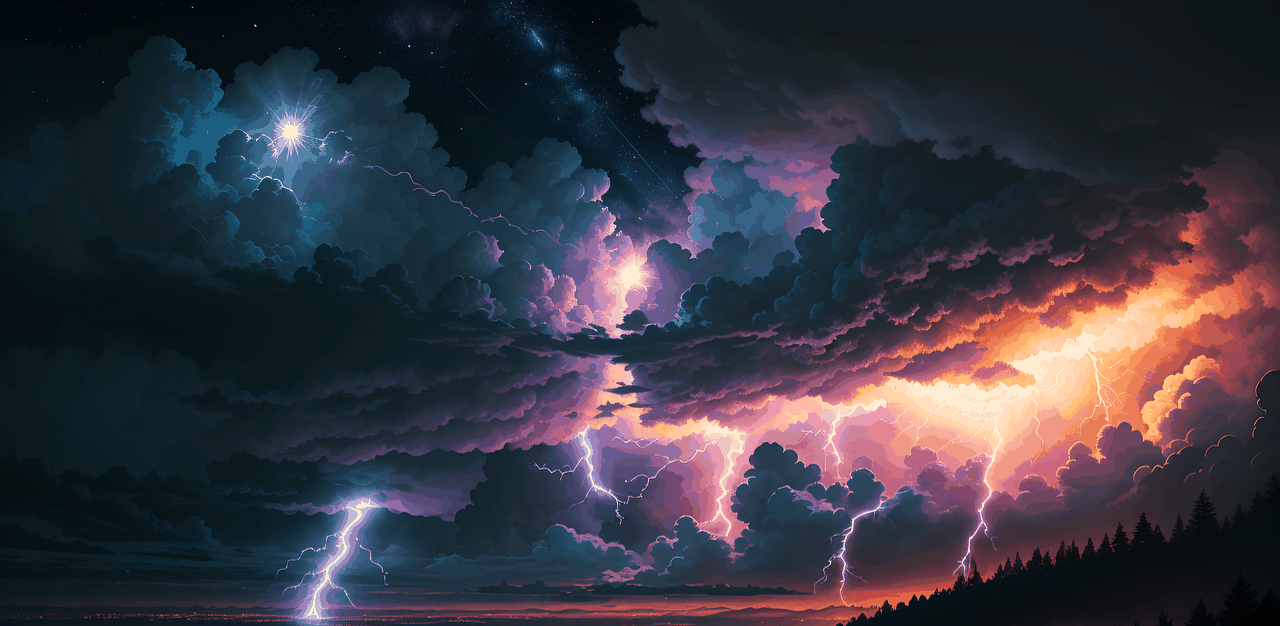The 'Vorago'
'Do not bow, bend or break. Better to die than serve again.' - Mantra of the Vorago
A people that stayed in the harsh environments of The Shattered Shelf after the initial cataclysm and were slowly warped by the magical discharge. These adaptations set this race of humans apart from those of mainland Lenwir though it might take a second glance to truly notice much.
The Vorago are truly at home amongst the limited sunlight and oceanic climate of The Shattered Shelf with eyes better adapted for darkness, long frames, thick skin, a bigger lung capacity and an innate resistance to magic. It is most commonly their eyes that stand out to those of other nations, having no iris' and being either pale violet or blue. It is for this reason that the Vorago rarely journey to Sabal or The Crimson Canyons, for the sun is too strong and can easily leave them temporarily blind from exposure.
It was then the rituals and traditions that the Yeshi targeted, removing their heritage and bonds. They often disrupted their celebrations, or threw their own over the top, forbidding others from occurring on their days. Occasionally sites were ransacked, their sacred items removed by black clothed people, of which the Yeshi denied knowledge , and spiritual leaders and sea-witches were often taken away, their practice's banned and associated with dark magics.
It then became about dependence, with their families and clans split, their culture and heritage gone, there was no one to teach the younger Vorago how to hunt or survive in such a harsh environment and they became dependent on the work and food provided by the Yeshi, which was carefully managed and controlled. With that any chance of resistance all but vanished and the yoke of oppression fell heavily around the Vorago's necks.
The Vorago are truly at home amongst the limited sunlight and oceanic climate of The Shattered Shelf with eyes better adapted for darkness, long frames, thick skin, a bigger lung capacity and an innate resistance to magic. It is most commonly their eyes that stand out to those of other nations, having no iris' and being either pale violet or blue. It is for this reason that the Vorago rarely journey to Sabal or The Crimson Canyons, for the sun is too strong and can easily leave them temporarily blind from exposure.
Clans
The Vorago were incredibly tribal for a long time after The Cataclysm. It was rare that more than one would meet and they would often raid and attack the clans of other islands for spoils and bounty. The clans still exist to this day and some retain a sliver of the tribal traditions they once had, many having be quashed and forgotten during the almost four hundred year occupancy by the Nation of Yeshi. Rivalries now only exist between the clans in competition; ones of strength, courage, speed and magic that direct no rage or anger at one another.Occupation
In the year 1880 A.C. did the first ships of Yeshi arrive upon the northern Shattered Shelf, finding it populated by a different race than their own. A record of one 'Captain Shin' of the expedition wrote of their encounter and what he saw: 'Tall and strong with a bearing of savagery, but curious and kind to us, as if our distant kin were theirs. They bear little in the way of metal and belongings, but revere in their 'temples' artefacts of incredible age and knowledge.' It was these artefacts, found across the island by the Vorago and taken to a place of holiness that interested the Yeshi so much. They began to build across the islands, sharing space and work with the Vorago, bringing common items from the mainland, but things that intrigued the clansmen. They began to trade their works for the artefacts and spread further into the Shattered Shelf. None heard of the tribes that fought back, for they vanished before the Yeshi's advance and it wasn't until it was too late that all of the Shattered Shelf had fallen under their dominion. By 1890 A.C. None of the Vorago remained free, except those that had fled further into the Maelstrom, though what happened to them is un-accounted for.The Death of a Culture
The changes were slow but meticulously planned by the Yeshi Magistrates. First clansman were offered roles as sailors for items and food that represented wealth to the Vorago; important cloths and silks, simple fashioning's of metal, carved wooden idols. They were tasked with hard labour aboard the ships, rowing, night sailing, diving for artefacts and investigating perilous caves. Those that went had little in the way of comfort and little choice in their tasks. They had a relatively high mortality rate and the constant moving around kept large portions of the clansmen apart from their tribes. Even should they wish to go back, Yeshi captains often deposited them on random islands far from their homes.It was then the rituals and traditions that the Yeshi targeted, removing their heritage and bonds. They often disrupted their celebrations, or threw their own over the top, forbidding others from occurring on their days. Occasionally sites were ransacked, their sacred items removed by black clothed people, of which the Yeshi denied knowledge , and spiritual leaders and sea-witches were often taken away, their practice's banned and associated with dark magics.
It then became about dependence, with their families and clans split, their culture and heritage gone, there was no one to teach the younger Vorago how to hunt or survive in such a harsh environment and they became dependent on the work and food provided by the Yeshi, which was carefully managed and controlled. With that any chance of resistance all but vanished and the yoke of oppression fell heavily around the Vorago's necks.





Comments